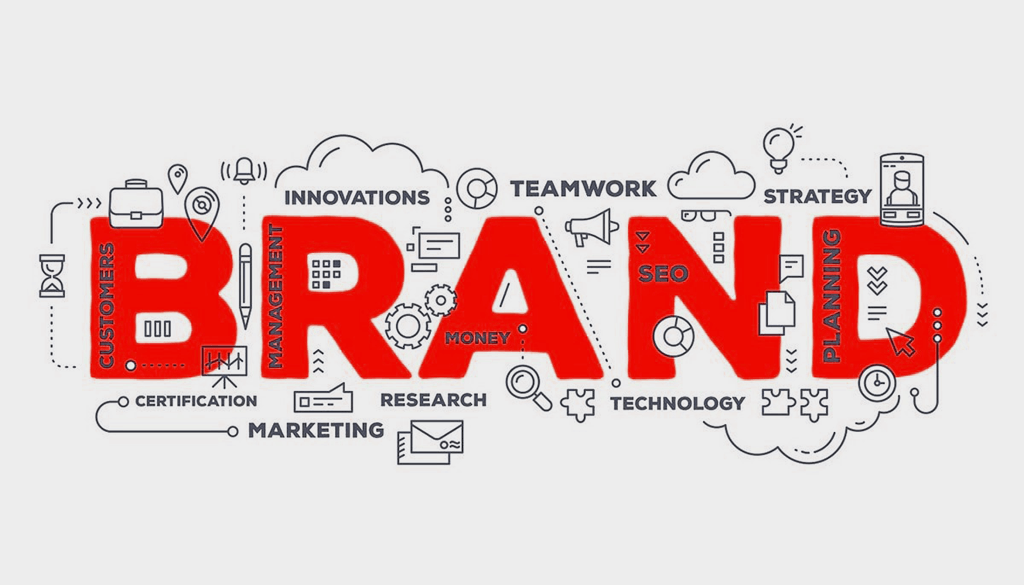With terms like branding, brand identity, corporate identity and a host of other terms related to corporate brand building finding their way into the jargon of nearly every businessperson on the planet, there’s bound to be some confusion about what it all means.
Many people equate a “brand” with its logo, which is a common misconception. A logo is not the brand in and of itself, but a graphic representation of what the brand stands for – a sort of visual shorthand for a complex message.
In short, a brand is the emotional connection you have with a company or its products. It’s the expectation that you have of high quality, a good price or exceptional customer service when you see a company’s name or logo, watch their advertisements or read their promotional materials. A clear example of this connection with a brand is automaker Mercedes-Benz. When you see one of their vehicles, watch one of their ads or enter their showroom, you immediately connect their name and products with quality engineering and luxury. THAT is the definition of branding.
On the contrary, brand identity – aka corporate identity – is a set of marketing tools used to promote awareness of and reinforce the brand’s promise. Spanning various media, a logo, business card, brochure, web site or billboard are all elements of a brand’s physical representation or identity. The sole purpose of these tools is to remind you of what the brand stands for. Imagery, color and even the type of paper a brochure is printed on all serve ro reinforce the brand’s core message – whether that message be a promise of a low price, quality workmanship or a great experience.
The bottom line of branding is to connect a company, product or service with a specific perception in the mind of the consumer.
